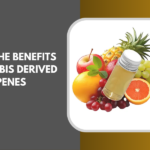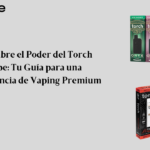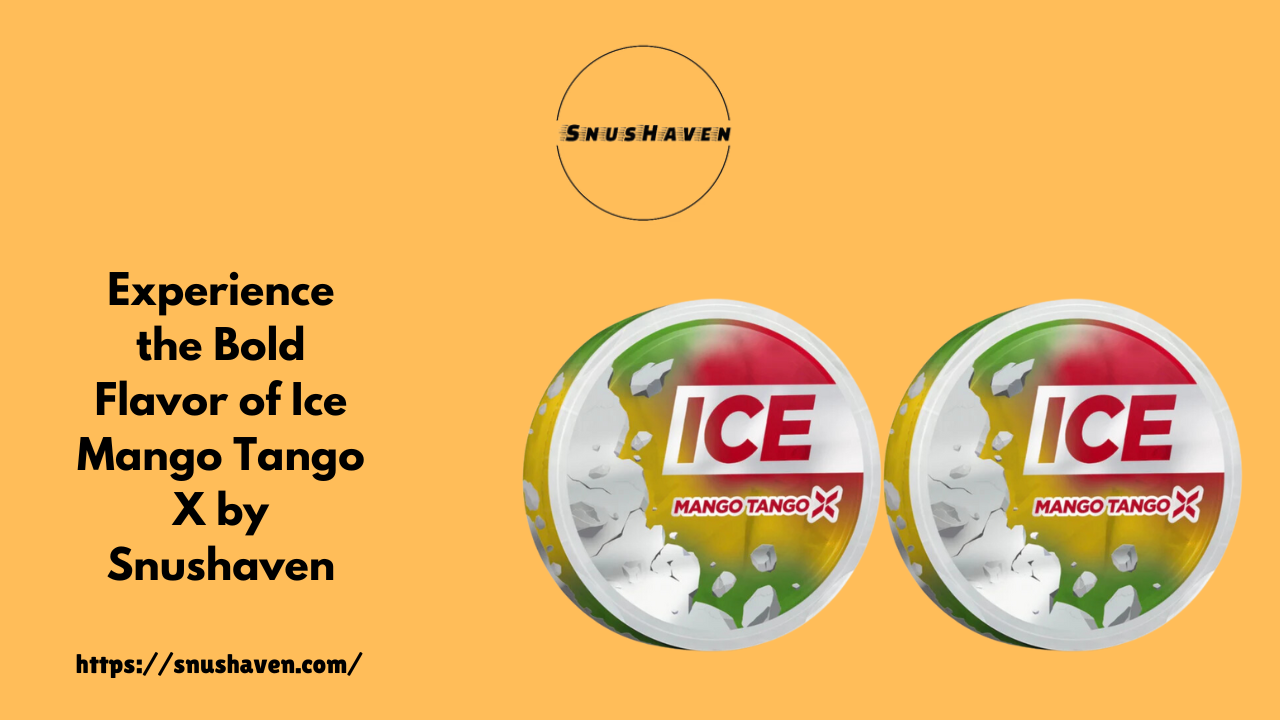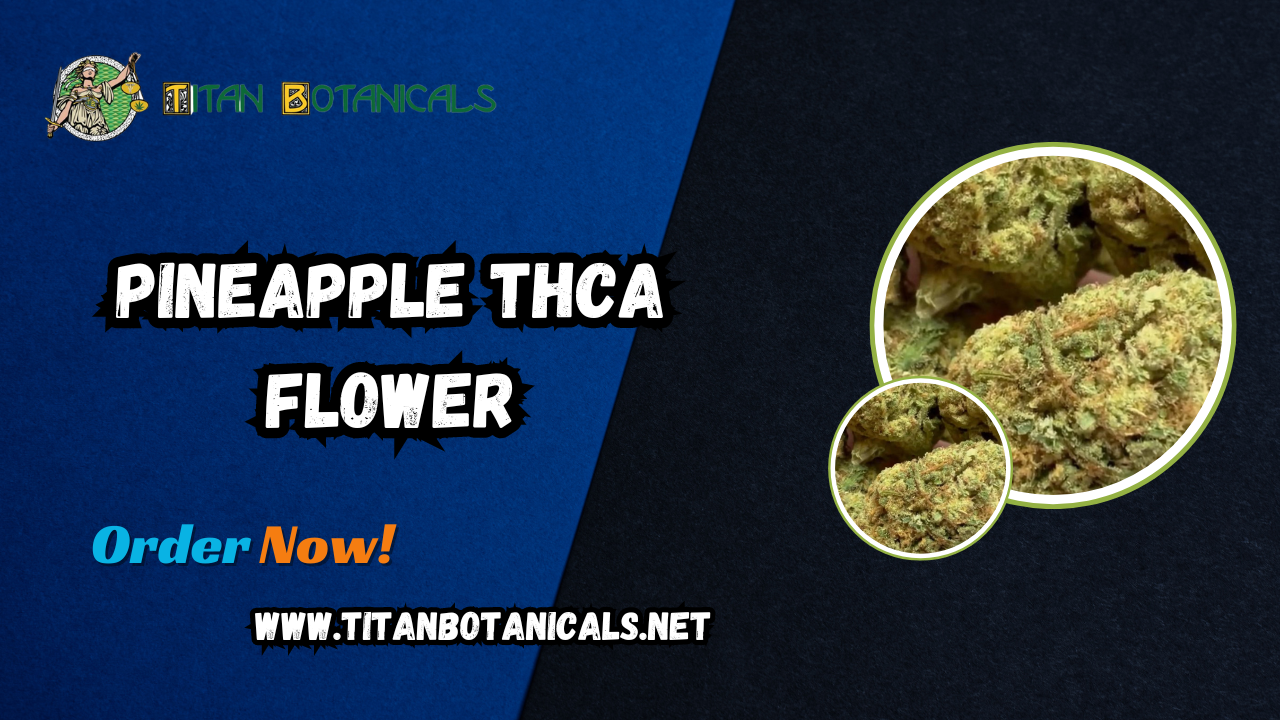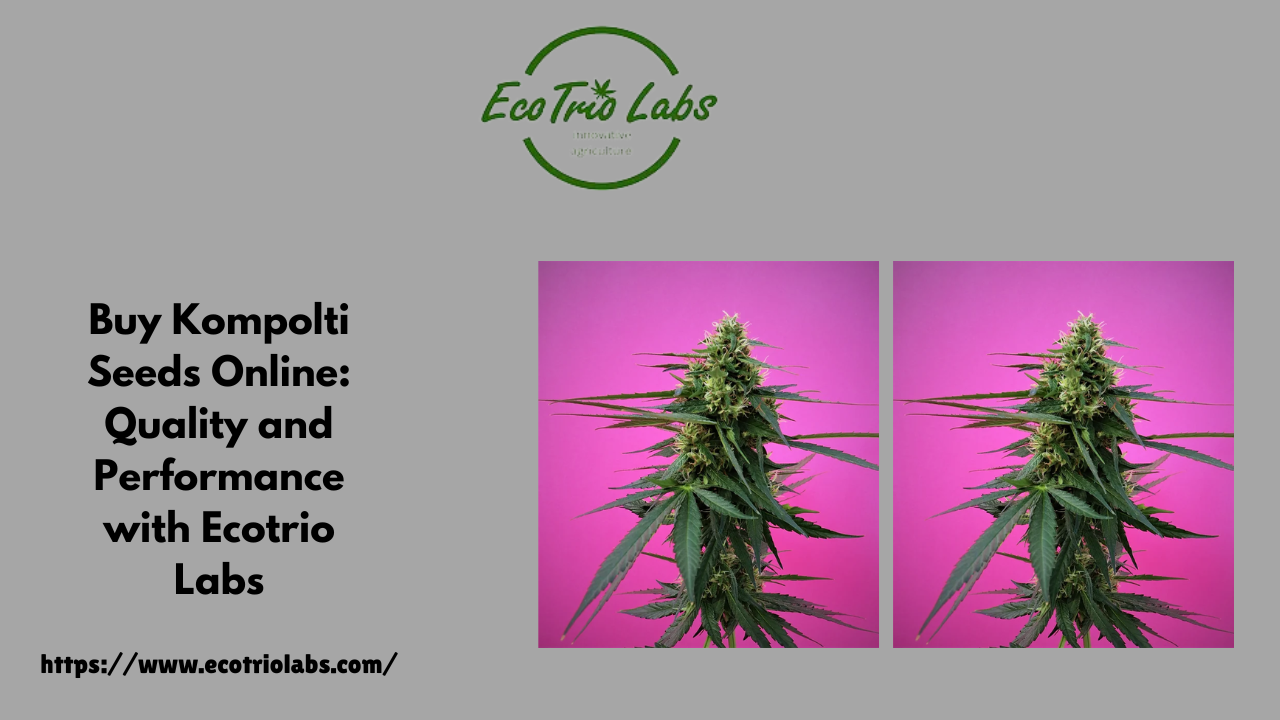Coffee packaging plays a crucial role in maintaining the freshness and quality of coffee beans or ground coffee, while also serving as a key element in branding and marketing. Among the various types of coffee packaging, Bag Coffee Packaging is the most common and widely used.
The Importance of Coffee Packaging
Coffee is a highly perishable product, sensitive to environmental factors such as light, oxygen, moisture, and temperature. Without proper packaging, coffee can lose its flavor and aroma, becoming stale or even spoiled. Therefore, bag coffee packaging is not just a matter of aesthetics but a critical factor in preserving the coffee’s freshness and ensuring that consumers enjoy a high-quality product.
Types
It comes in several types, each with its own advantages and use cases. The most common types include:
Flat Bottom Bags:
Also known as block bottom or box pouches, these bags have a flat bottom that allows them to stand upright on shelves. They offer excellent stability and can hold a significant amount of coffee. The flat bottom also provides more space for branding and labeling.
Side Gusseted Bags:
These bags have gussets on the sides that expand as the bag coffee packaging is filled, allowing for a larger capacity. Side gusseted bags are a traditional choice for coffee packaging and are often used for bulk quantities. They are usually sealed at the top after filling and can be folded down for a clean appearance.
Stand-Up Pouches:
Stand-up pouches have a bottom gusset that allows them to stand upright. They are a popular choice for specialty coffees and smaller quantities. Stand-up pouches are known for their versatility and can be made from various materials, including eco-friendly options.
Quad Seal Bags:
Quad seal bags have four distinct sealing panels, providing a more rigid and durable structure. These bags are ideal for heavier coffee products and offer ample space for branding. They also tend to have a premium appearance, making them suitable for high-end coffee brands.
Doypacks:
Doypacks are a type of stand-up pouch with a rounded bottom, giving them a distinctive shape. They are often used for smaller quantities of coffee and are favored for their aesthetic appeal and functionality.
Materials Used
The choice of material depends on the type of coffee, the desired shelf life, and environmental considerations. Common materials include:
Foil:
Foil is a popular choice for coffee packaging because of its excellent barrier properties. It provides a high level of protection against oxygen, moisture, and light, making it ideal for preserving the freshness of coffee. Foil bags are often used for premium coffees that require longer shelf life.
Polyethylene (PE):
Polyethylene is a versatile and cost-effective material commonly used in coffee packaging. It offers good moisture resistance and can be combined with other materials to improve barrier properties. PE is often used for lining the inside of coffee bags to protect the product from moisture.
Kraft Paper:
Kraft paper is an eco-friendly option that has gained popularity in recent years. It provides a natural and rustic look that appeals to environmentally conscious consumers. While kraft paper alone does not offer strong barrier properties, it is often combined with other materials like PE or foil to enhance its functionality.
Biodegradable and Compostable Materials:
As sustainability becomes a growing concern, many coffee brands are opting for biodegradable or compostable packaging materials. These materials, often made from plant-based sources, break down naturally over time, reducing the environmental impact. However, they may have shorter shelf lives and may not provide the same level of protection as traditional materials.
Design Considerations
The design must also consider the brand’s identity, target audience, and practical aspects such as sealing and storage. Key design considerations include:
Branding and Visual Appeal:
The packaging design should reflect the brand’s identity and appeal to the target audience. This includes the use of colors, logos, typography, and imagery. A well-designed bag coffee packaging can make a strong first impression and differentiate the product from competitors.
Labeling and Information:
Coffee packaging should provide essential information about the product, including the type of coffee, origin, roast level, and brewing instructions. Clear and accurate labeling is crucial for building trust with consumers and helping them make informed decisions.
Sealing Mechanism:
The sealing mechanism is an important consideration for maintaining the freshness of the coffee. Common sealing options include heat seals, zip locks, and tin ties. Resealable options like zip locks are particularly popular as they allow consumers to keep the coffee fresh after opening.
Valves:
One-way degassing valves are a critical feature in coffee packaging, especially for freshly roasted beans. These valves allow gases released by the coffee to escape without letting air in, preventing the bag coffee packaging from bursting and preserving the coffee’s freshness.
Size and Portioning:
The size of the bag coffee packaging should be appropriate for the quantity of coffee it contains. Offering different sizes, such as single-serving, 250g, or 1kg bags, can cater to various consumer preferences and usage patterns.
Conclusion
Bag coffee packaging is a critical component in the coffee industry, serving both functional and aesthetic purposes. It ensures the coffee’s freshness, communicates the brand’s identity, and influences consumer choices. With various types of bags, materials, and design options available, coffee brands have the flexibility to create packaging that meets their specific needs and resonates with their target audience. Canadian Packaging Companies offer innovative and sustainable solutions for a wide range of industries.
FAQs
What material best preserves coffee freshness?
Foil with polyethylene lining is ideal for preserving coffee freshness.
Why use stand-up pouches for coffee packaging?
Stand-up pouches are versatile, resealable, and highly visible on shelves.
What is the purpose of one-way degassing valves in coffee bags?
They release gases while preventing air from entering, maintaining coffee freshness.
What are sustainable options for bag coffee packaging?
Biodegradable, compostable, recyclable materials, and reusable containers are sustainable choices.
Which bag coffee packaging type is most popular for bulk coffee?
Side gusseted bags are commonly used for bulk coffee packaging.

